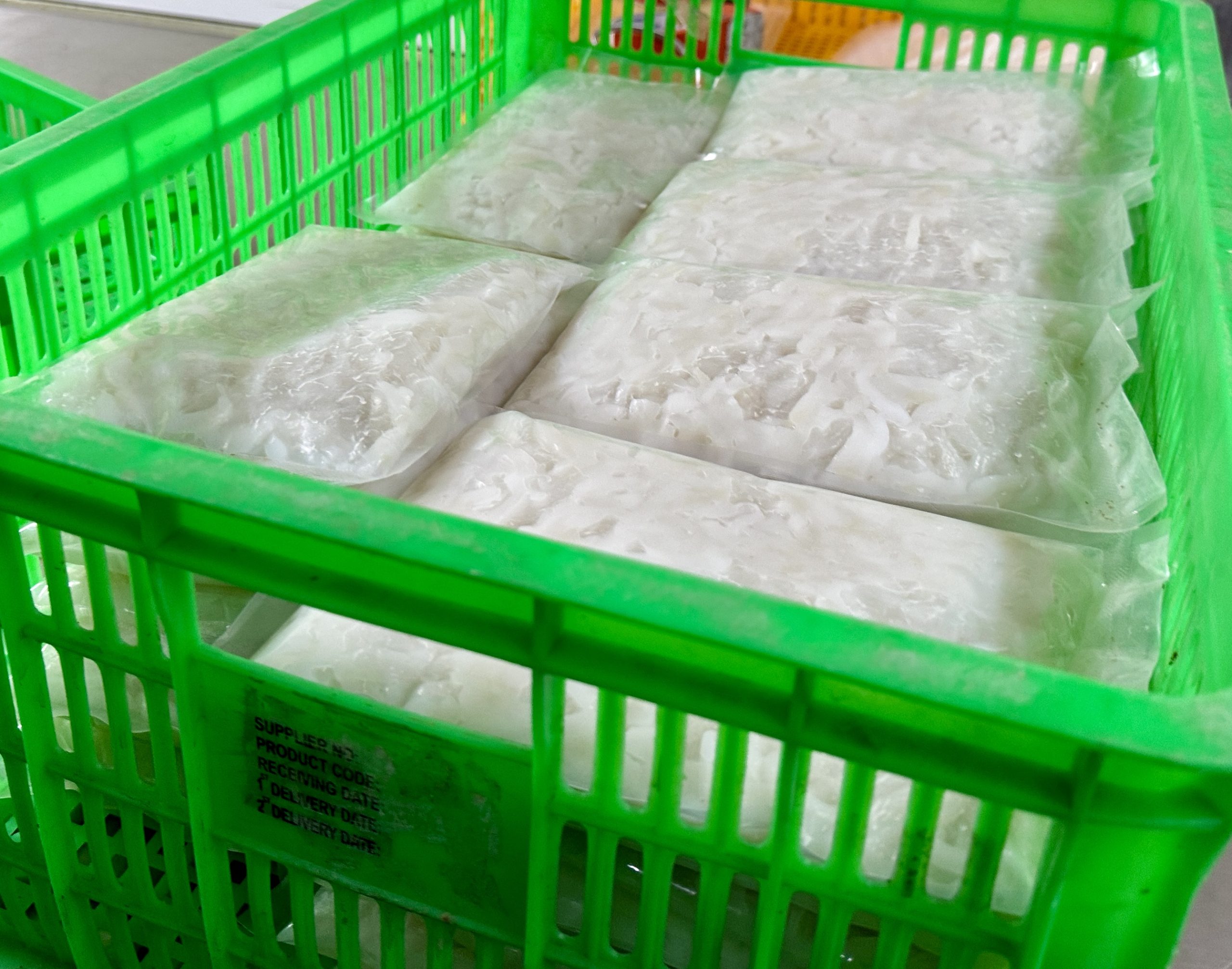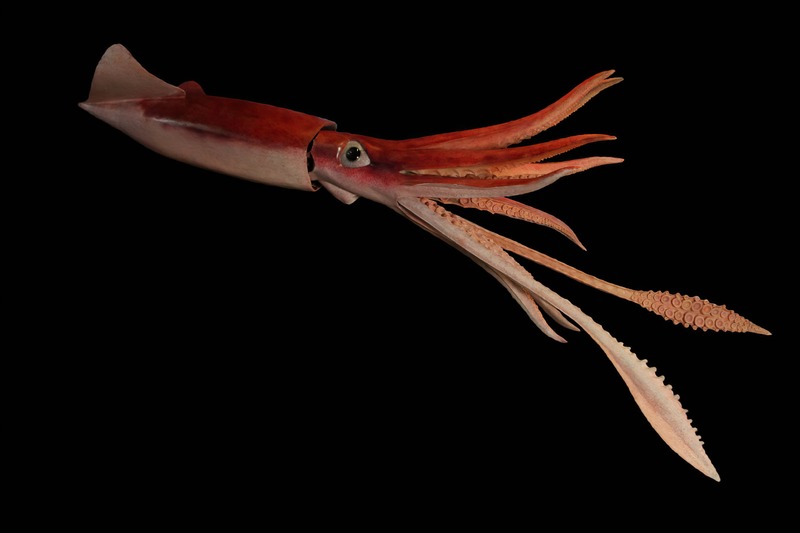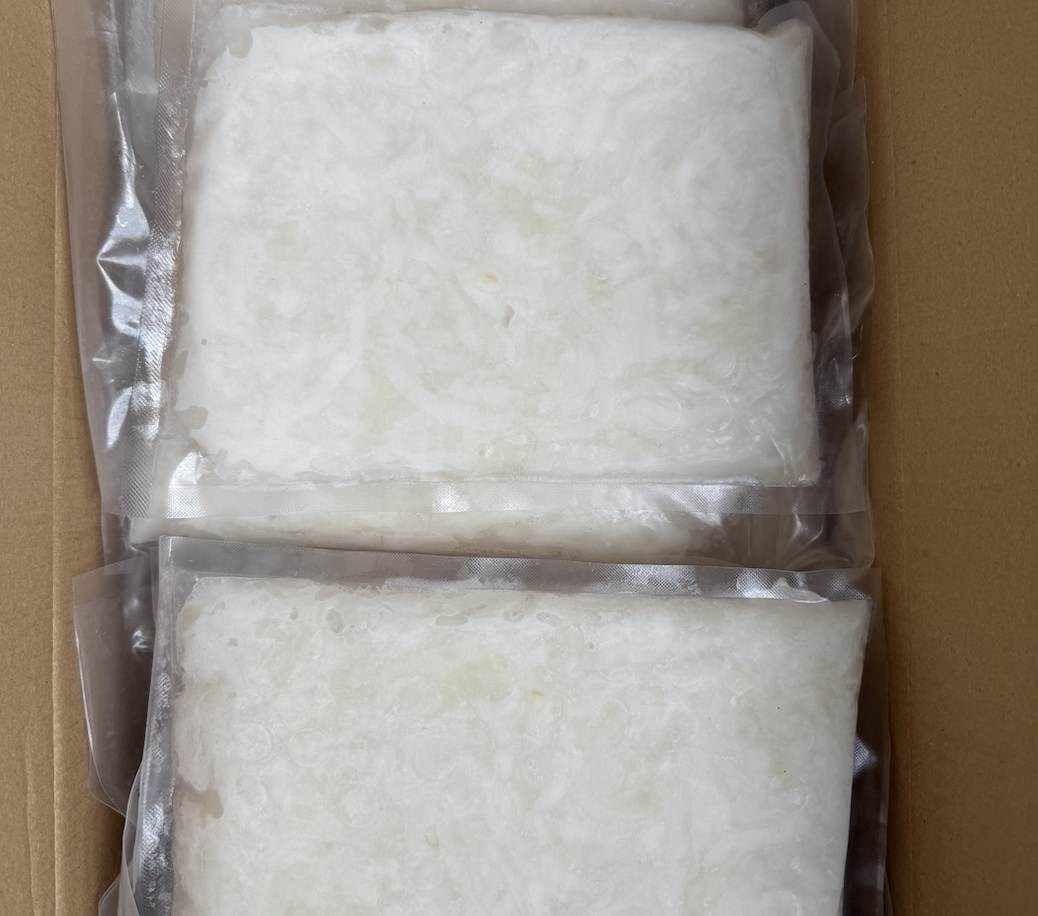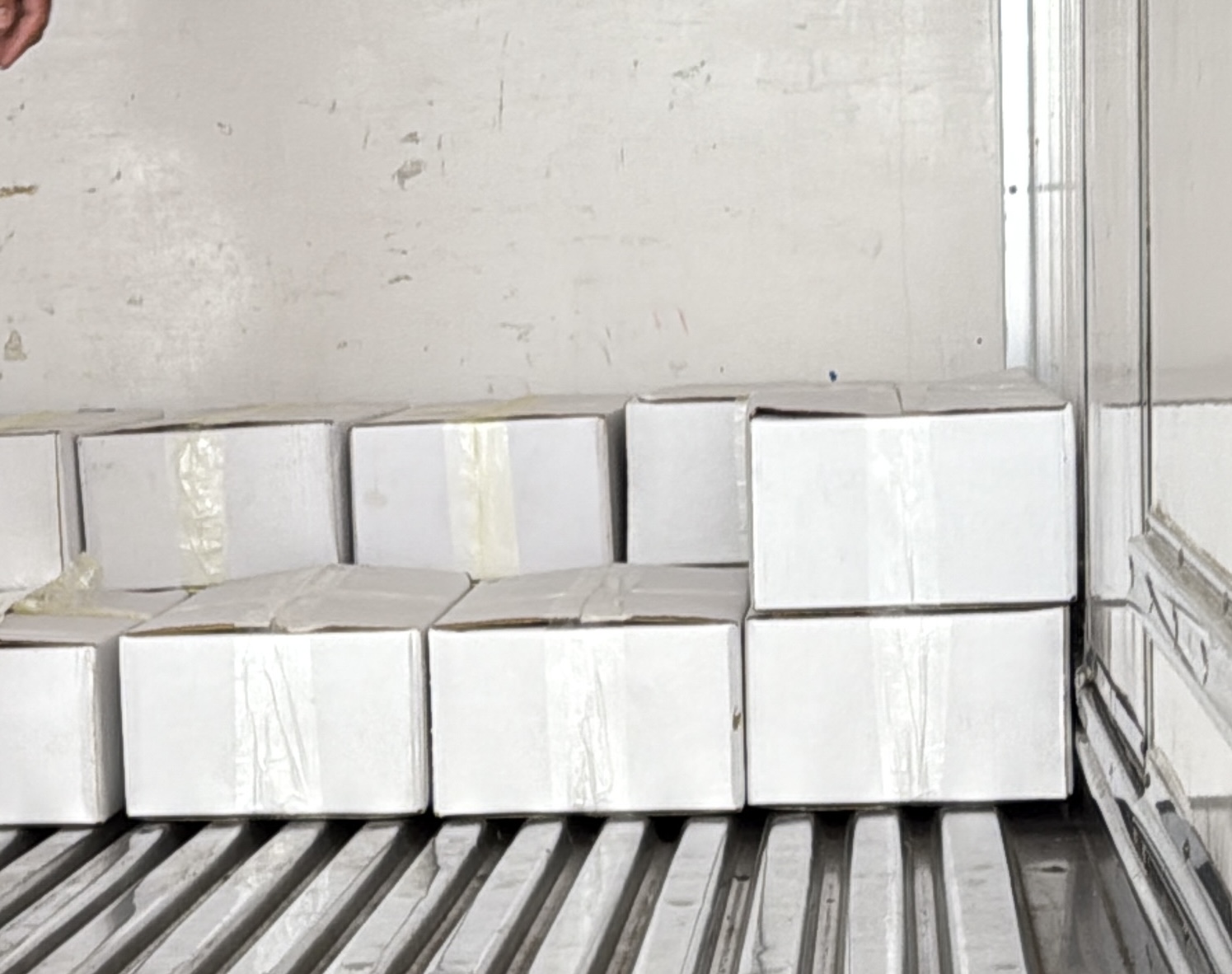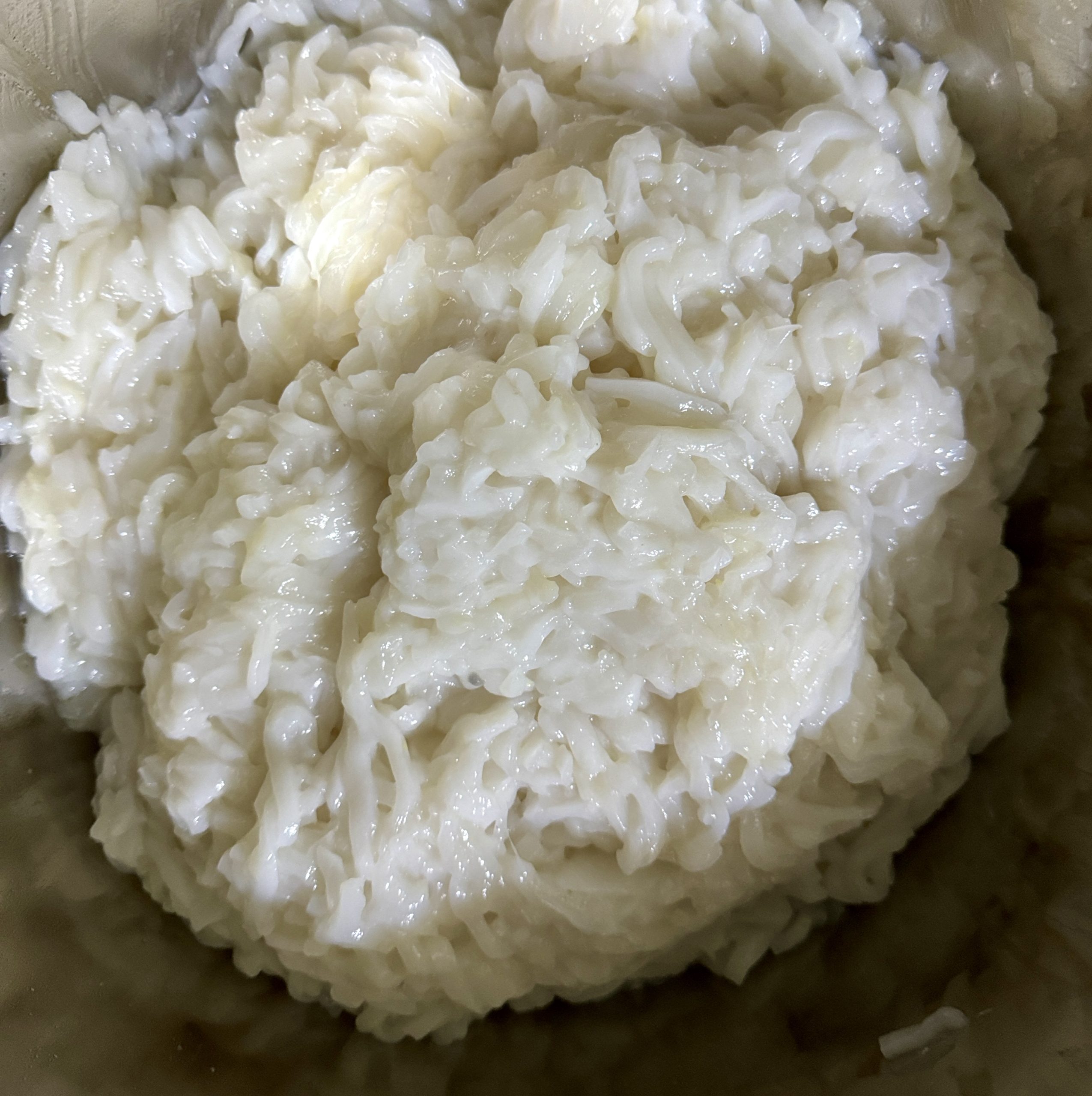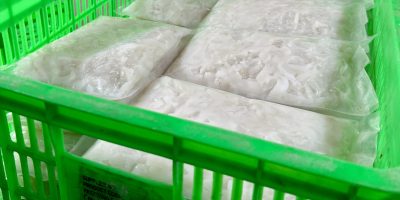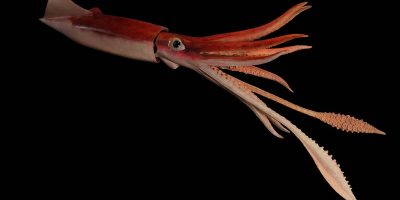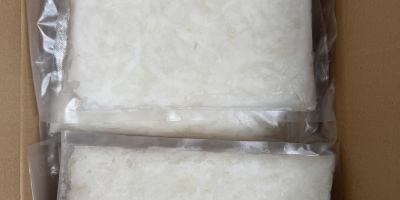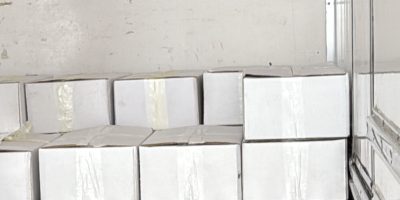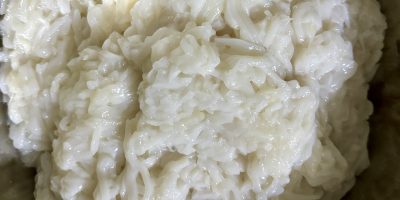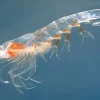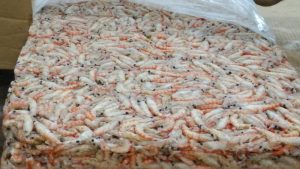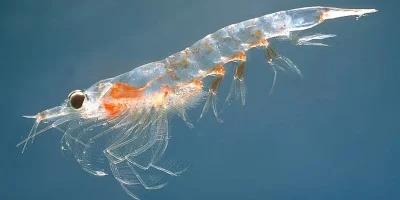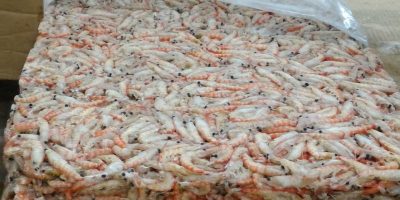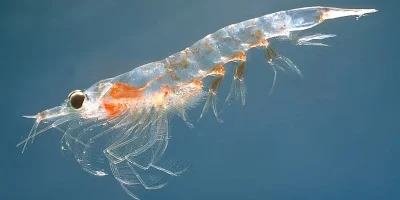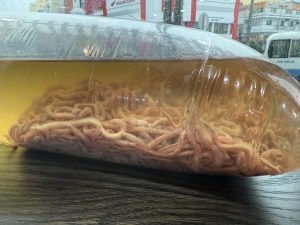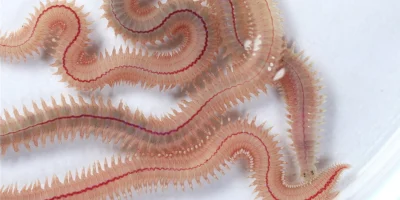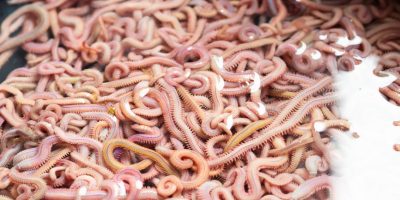DESCRIPTION:
– The food needs of shrimp larvae are very different. They are divided into types: loach, oyster, parasitic snail, squid, and industrial food.
– Of which, squid accounts for 20% of the daily fresh food ingredients, currently purchased at local markets that are difficult to control diseases, have high waste after processing, and depend on the season.
– Oceana provides disease-free squid, carefully processed and guaranteed for the season at affordable prices for parent shrimp hatcheries.
– Squid (Loligo vulgaris)
– Squid is the next live food used in shrimp hatcheries. This is a nutritious marine animal, rich in protein and minerals, rich in fat to help shrimp grow quickly, while increasing shrimp resistance.
– Squid has the highest protein content but low lipid content; however, the HUFA ratio in total lipid is high. Squid meat is an excellent source of cholesterol, an essential nutrient in the diet for successful shrimp growth and reproductive performance. Of the total protein and lipid of live food, squid has a protein content of 84.5% and lipid content of 3.1%, HUFA content reaches 26.86% (AA: 5.35%; EPA: 9.12%; DHA: 12.39%) (Shailender & cs., 2012). When using squid as feed for broodstock, fresh or frozen squid is usually chopped before feeding to broodstock.

